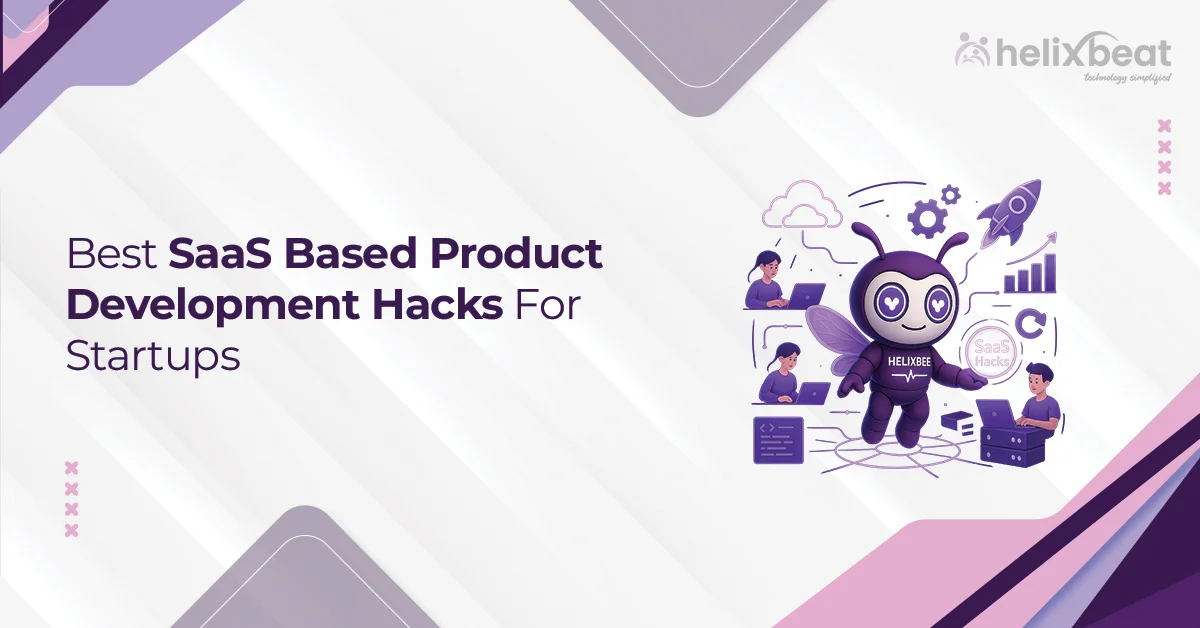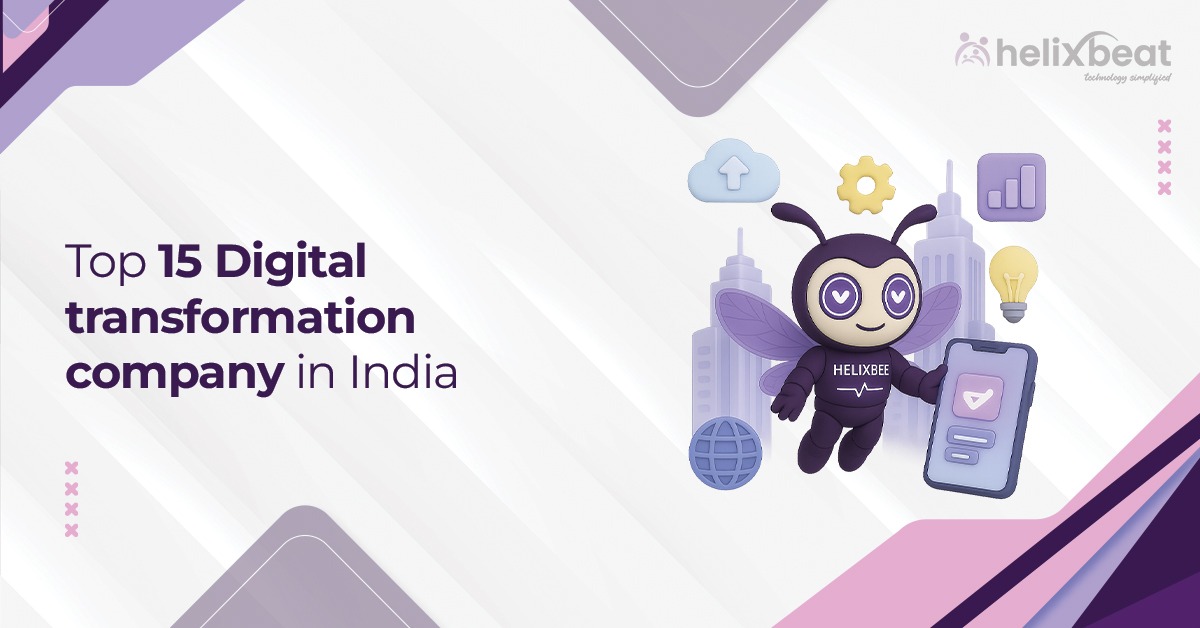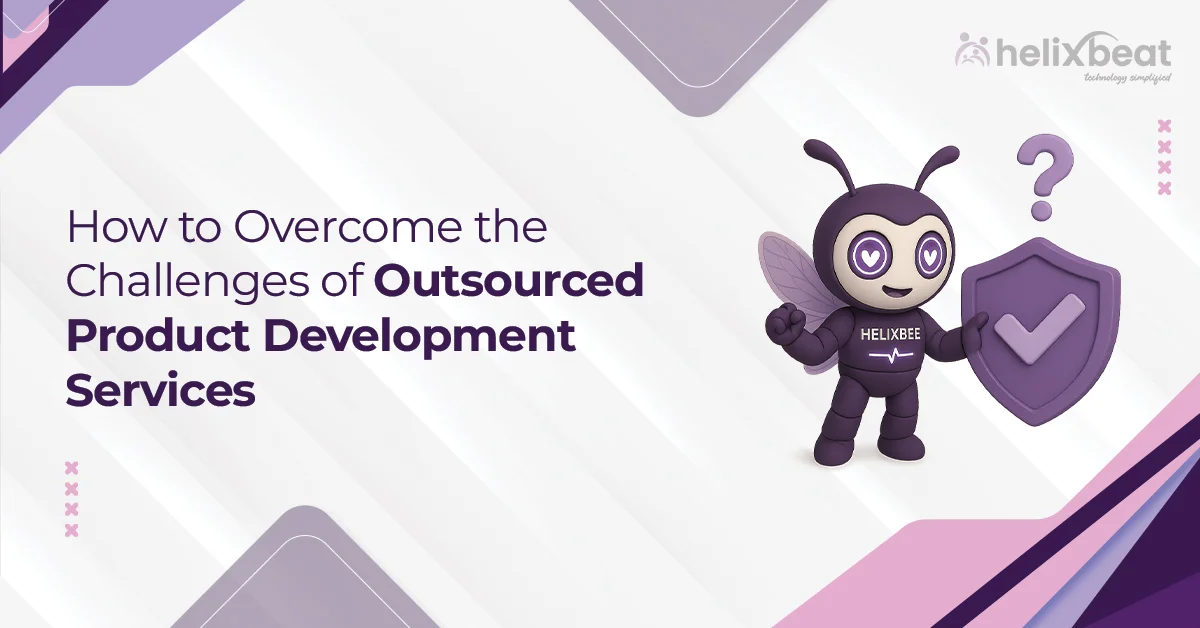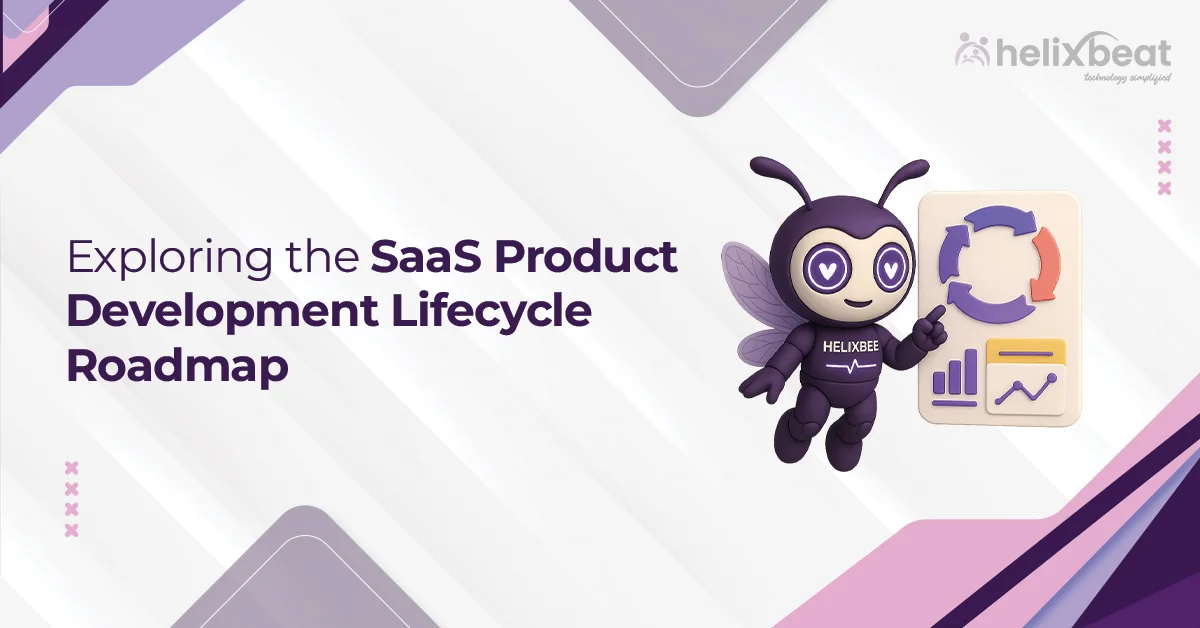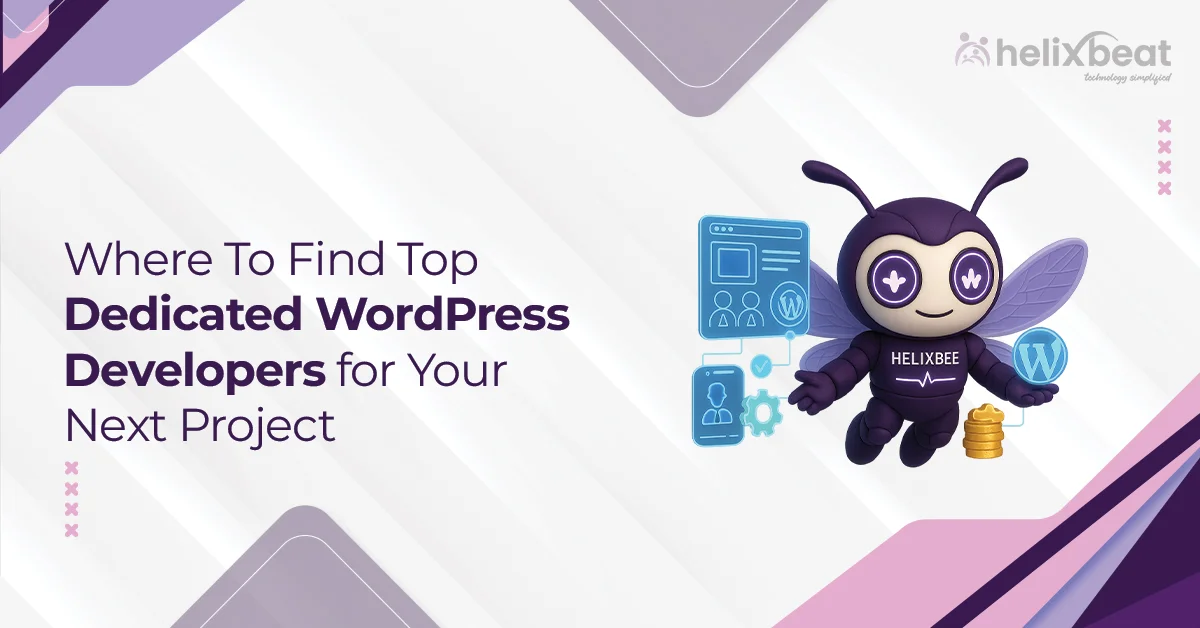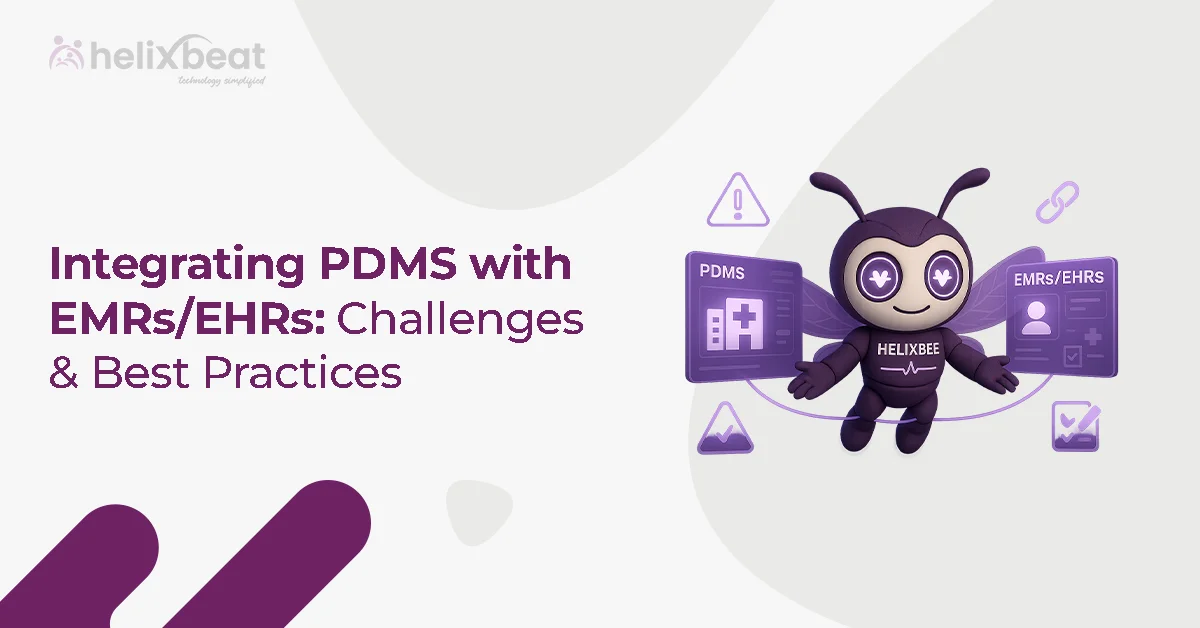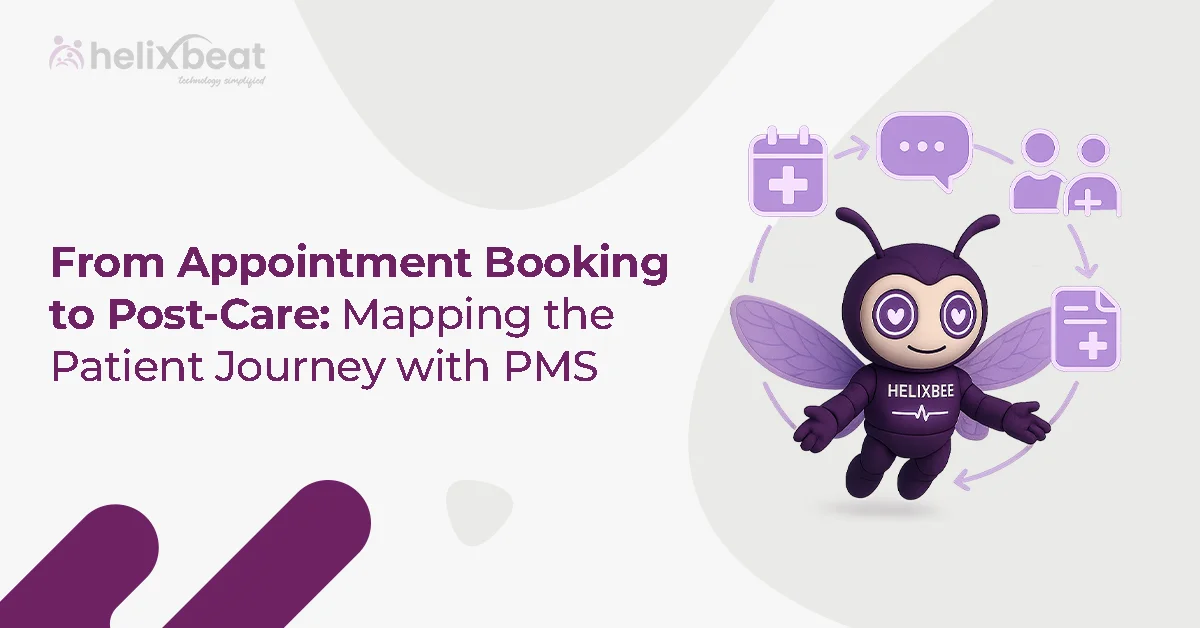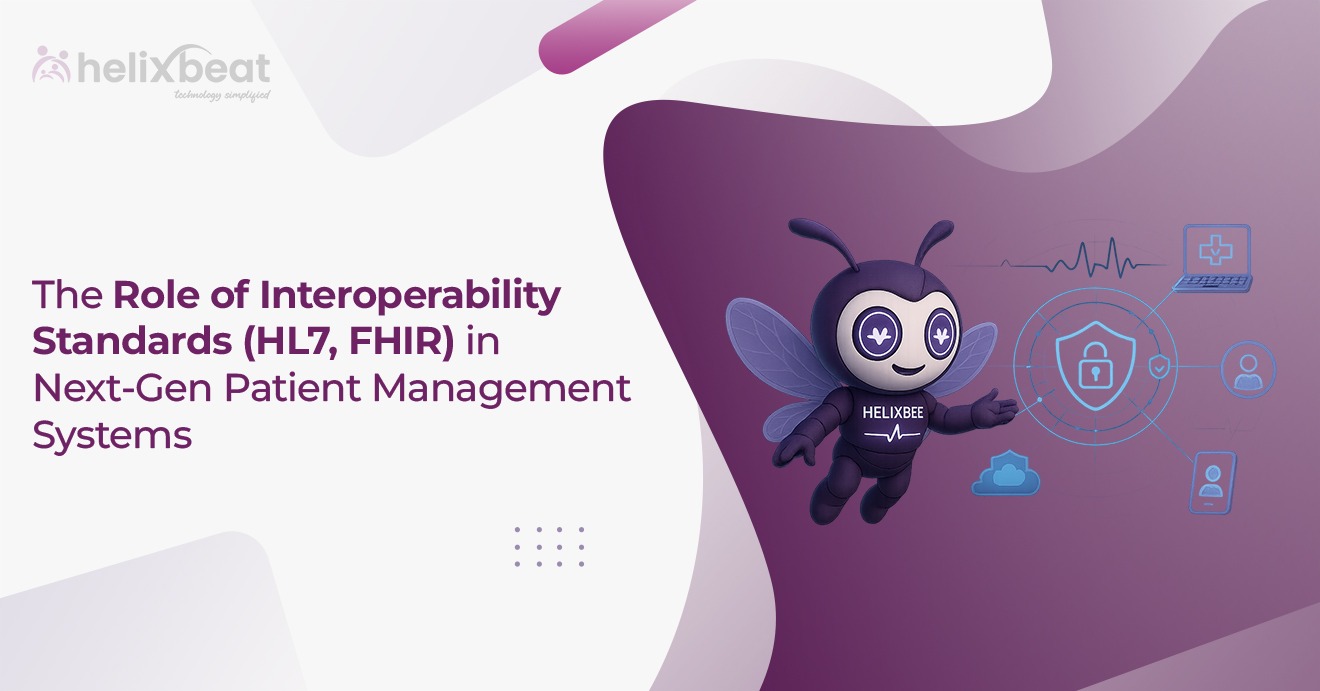In 2025, businesses face constant pressure to innovate and improve their processes. One significant challenge is managing vast amounts of data and utilizing it effectively for informed decision-making. IoT product development services offer a powerful solution by connecting devices, gathering real-time data, and enabling smarter business strategies.
For instance, a retail company can use IoT-enabled smart shelves to track inventory automatically, ensuring products are always stocked and reducing the risk of overstocking.
According to a recent study, businesses that implement IoT technologies can increase their productivity by 25-30%. Let’s see the benefits and functionality of IoT product development service.

Table of Contents
What is IoT Product Development Service?
IoT Product Development Services refer to the comprehensive process of designing, developing, and deploying Internet of Things (IoT) solutions that connect physical devices to the internet for smooth functionality and data exchange. These services include everything from prototyping IoT devices to developing the built-in systems, creating mobile or cloud applications, and ensuring seamless device communication through various network protocols.
The goal of IoT product development is to help businesses leverage real-time data, automate processes, and improve operational efficiency through connected technologies, making it an essential service for companies aiming to stay competitive in a digitally world.
Benefits of IoT Product Development for Manufacturers
IoT Product Development Services provide manufacturers with the tools to optimize operations, reduce downtime, and increase product quality by allowing real-time monitoring and automated processes. These solutions help businesses stay competitive by improving efficiency and predicting maintenance needs.
1. How IoT Can Improve Your Operational Efficiency
IoT-enabled solutions automate routine tasks, monitor machine health, and detect operational issues early. Sensors track real-time data such as temperature and vibration, alerting teams to performance deviations. This reduces downtime, optimizes operations, and enhances overall manufacturing productivity, keeping processes running smoothly.
2. How IoT Can Help Predict Maintenance Needs and Cut Downtime
IoT sensors predict when machines are likely to fail, allowing manufacturers to perform maintenance only when needed. This reduces unplanned downtime, enhances machine lifespan, and cuts maintenance costs. Real-time insights into machine health lead to more efficient repair scheduling, preventing costly disruptions in production.
3. Why Real-Time Data Makes a Difference for Decision-Making
With real-time data from IoT sensors, manufacturers can make immediate, informed decisions. This enables quick adjustments to operations, resource allocation, and workflows. Immediate access to actionable insights helps managers improve planning and boost productivity, driving more efficient use of time and resources across production lines.
4. How IoT Enhances Quality Control in Manufacturing
IoT solutions help track critical production parameters like humidity, temperature, and speed, ensuring product quality throughout manufacturing. Any deviations are flagged instantly, allowing manufacturers to make adjustments. This continuous monitoring prevents defects, reduces waste, and guarantees consistent, high-quality products across the production line.
5. How IoT Optimizes Your Supply Chain
IoT technology enhances supply chain visibility by tracking inventory, shipments, and supplier performance. Tools like RFID tags and GPS allow real-time tracking of goods, helping manufacturers reduce lead times, avoid stockouts, and optimize inventory. This ensures smoother logistics, lower costs, and more efficient supplier coordination.
Core Technologies Behind IoT Product Development Services
1. Sensors and Actuators
Sensors are the heart of IoT devices, capturing data from the physical environment, such as temperature, pressure, and motion. Actuators respond to this data by performing actions like adjusting a valve or moving a machine part. These devices work together to collect data and drive real-time responses in IoT systems.
According to a recent report, the global sensor market is expected to grow by 12% annually, reaching $42 billion by 2025.
2. Connectivity Protocols
Connectivity protocols enable IoT devices to communicate with each other and the cloud. Common technologies include Wi-Fi, Bluetooth, Zigbee, and cellular networks. The choice of protocol depends on factors like range, data requirements, and power consumption, ensuring devices can transmit data reliably and securely across networks.
By 2025, it’s predicted that over 30 billion IoT devices will be connected globally, all relying on efficient connectivity protocols.
3. Cloud Computing and Data Storage
Cloud platforms are essential for IoT data storage and analysis. They allow businesses to store vast amounts of data generated by IoT devices and access it remotely. Cloud services provide scalability, flexibility, and computational power, enabling manufacturers to analyze data in real-time, derive insights, and make data-driven decisions.
The cloud computing market is expected to reach $832 billion by 2025, with IoT solutions contributing significantly to its growth.
4. Edge Computing
Edge computing involves processing data closer to the source, such as at the IoT device or a nearby gateway, rather than sending it all to the cloud. This reduces latency, enhances real-time decision-making, and lessens bandwidth burden. It’s especially useful for applications that require immediate responses, like predictive maintenance or remote monitoring.
The global edge computing market is projected to grow at a compound annual growth rate (CAGR) of 38.4%, reaching $15.7 billion by 2025.
IoT Product Development Services play a crucial role in integrating these advanced technologies, making sure manufacturers can create efficient, scalable, and responsive IoT systems.
What is the Need for IoT product development for businesses?
The need for IoT product development in businesses has become crucial as companies strive for greater efficiency, better decision-making, and enhanced customer experiences. By integrating IoT-enabled solutions, businesses can automate processes, monitor systems in real-time, and access valuable data insights, helping to streamline operations and reduce costs.
For example, manufacturing companies can use IoT to track machine performance and predict maintenance needs, reducing downtime and extending equipment life. In addition, IoT can offer new revenue opportunities through innovative products and services, allowing businesses to stay competitive and meet the evolving demands of the market.
5 Easy Steps to Implement IoT Product
IoT Product Development Services play a crucial role in helping businesses design, develop, and implement IoT solutions that drive innovation and efficiency.
Here are the easy steps to implement an IoT product:
Step 1: Define Objectives and Requirements
Start by identifying the problem you want to solve or the process you want to improve with IoT technology. Define clear objectives and requirements, such as what data needs to be collected, how it will be used, and what outcomes you aim to achieve.
Step 2: Choose the Right IoT Devices and Sensors
Select the appropriate IoT devices and sensors based on your needs. Consider factors like sensor accuracy, data collection methods, and environmental conditions. For example, use temperature sensors for monitoring equipment or GPS devices for asset tracking.
Step 3: Design and Develop the IoT System
Design the architecture of your IoT solution, including the hardware, software, and connectivity options. Work with IoT product development services to create prototypes and ensure the system meets your specifications. This step involves integrating sensors, choosing the right communication protocols, and developing the application or platform for data processing.
Step 4: Test and Validate the System
Before full deployment, thoroughly test your IoT system in real-world conditions. Validate the accuracy of data, the reliability of connectivity, and the system’s ability to handle real-time processing. Make adjustments based on feedback from testing to ensure optimal performance.
Step 5: Deploy and Monitor the IoT System
Once testing is complete, deploy your IoT system in your operational environment. Ensure you have continuous monitoring in place to track performance, identify issues, and gather insights for further optimization. Regularly update the system to improve functionality and address security concerns.
By following these steps, you can successfully implement an IoT product that streamlines operations, boosts productivity, and provides valuable insights for your business.
Why Helixbeat is the Best Choice for IoT Enabled Solutions
At Helixbeat, we are the best choice for IoT-enabled solutions because we provide comprehensive, reliable, and scalable IoT product development services tailored to meet your business needs. From development to real-time data analysis, we ensure seamless integration with your existing systems.
By leveraging advanced technologies such as cloud and edge computing, we create innovative solutions that enhance efficiency, minimize downtime, and provide valuable insights. With our experience across various industries, we provide customized solutions that support your business growth and ensure smooth operations.
Our commitment to quality and customer success makes us the ideal partner for your IoT needs. Let’s build your IoT solution together – Contact us now.
FAQ:
1. What is IoT product development?
IoT product development is the process of creating smart devices that connect to the internet to collect and exchange data. It involves designing hardware (sensors, actuators), software, and communication protocols for seamless connectivity and real-time insights.
2. What are the 5 Cs of IoT?
The 5 Cs of IoT are:
- Connection: Devices communicate via the internet.
- Cloud: Data is stored and processed online.
- Cybersecurity: Protecting devices and data from threats.
- Content: Analyzing data to extract insights.
- Context: Interpreting data to make informed decisions.
3. How to build an IoT product?
To build an IoT product, define the problem, select appropriate hardware, develop software, ensure device connectivity, and test the product thoroughly before deployment.
4. What is the future of IoT?
The future of IoT includes growth in connected devices across sectors like healthcare and manufacturing, with advancements in AI, 5G, and edge computing for smarter, more efficient systems.
5. Explain IoT product design
IoT product design involves selecting the right hardware and software, ensuring seamless connectivity, and considering factors like power, security, and scalability for reliable, future-proof devices.





